Back to the ’70s
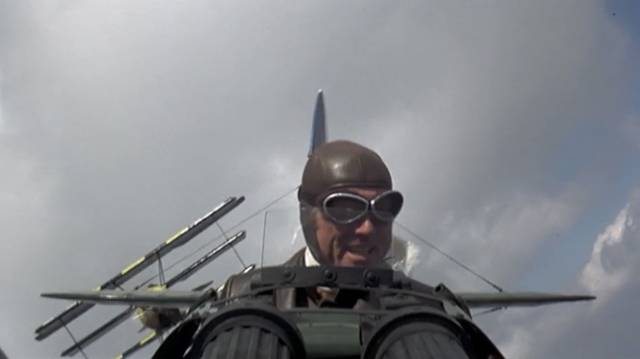
The American movies from the early 1970s which I recently watched include a couple I’ve already written about here, though in both cases this time I watched new, upgraded disks – Mark Robson’s Earthquake (1974), the two-part extended television version included on the Shout! Factory Shout Select release, and Robert Wise’s The Andromeda Strain (1971), which looks spectacular in Arrow’s 4K restoration. The other four, I hadn’t seen in a long time, two of them in fact not since their original theatrical release.
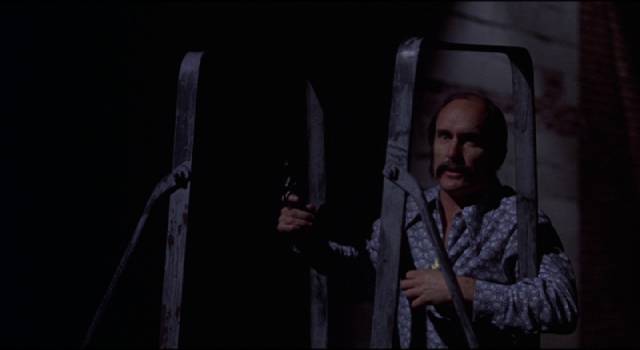
Badge 373 (Howard W. Koch, 1973)
There was an odd phenomenon in the early ’70s, spurred to some degree by the box office and critical success of William Friedkin’s The French Connection (1971). This was a run of fact-based cop movies which focused heavily on police brutality and corruption. Three of these were at least in part inspired by the career of New York City detective Eddie Egan, who had served as a consultant on (and had a small part in) The French Connection. That film’s producer Philip D’Antoni directed a kind of follow-up two years later with The Seven-Ups (1973), which was also the year Sidney Lumet made Serpico. Both Friedkin’s and D’Antoni’s movies valorized rule-breaking, violent cops (coinciding with Don Siegel’s Dirty Harry, which was released a couple of months after The French Connection); society was presented as a crime-plagued hellscape which demanded particular viciousness on the part of cops to keep a lid on chaos – as often as not forcing them to fight against a bureaucracy which was more concerned with following misguided political rules than with protecting the public.
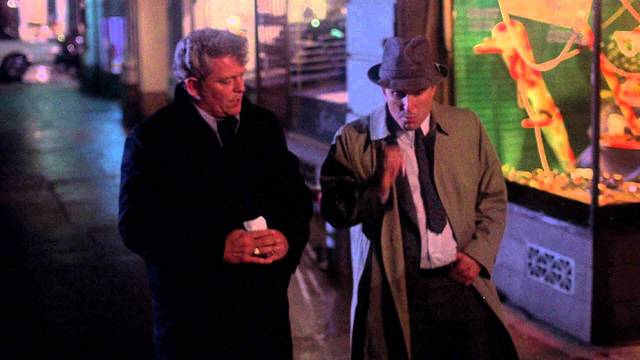
Serpico, and Gordon Parks’ The Super Cops (1974), which was also based on actual NYC officers, turned this formula on its head, with determined cops fighting against viciousness and corruption within the police force. It was as if two distinct visions of society and the role of police were being offered, one reactionary, the other more liberal. In the ’70s, the public tended to prefer the former, extending that preference to the popularity of vigilantes like Death Wish’s Paul Kersey (Charles Bronson).
Howard W. Koch had a five-decade career as a producer of movies and television, and had directed sporadically since the early ’50s, with an undistinguished string of mostly mediocre B-movies. In 1973, he decided to both produce and direct another feature based on the career of Eddie Egan, who again had a small role as well as serving as advisor. Badge 373 is a ponderous movie, and a rather grimly ugly one. It presents Egan (renamed Eddie Ryan) as a tough, violent guy whose actions get him suspended so that he has to go freelance to work on a big case his bosses aren’t taking seriously.
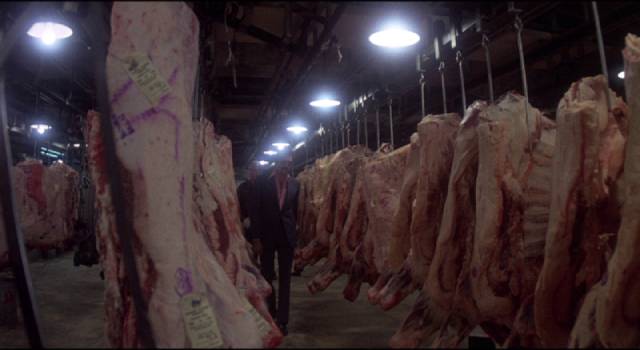
To set the tone, the film opens with Ryan (Robert Duvall) undercover in a gay club, complete with some uncomfortable stereotyping and homophobia (not to mention scary ’70s fashions). When one club-goer makes a break for it, Ryan chases him up to the roof and the man falls to his death … hence the suspension. While he fills his time with some bartending, Ryan’s partner is brutally murdered. The department suspects the partner was dirty and that he was hit by some criminal connections. Eddie refuses to believe it and starts to dig into the case himself. The trail leads to some angry Puerto Ricans who have formed a paramilitary group aiming to win the island its independence.
With dead bodies piling up, Eddie discovers a plot to divert stolen military weapons to Puerto Rico, funded by underworld figure Sweet William (Henry Darrow). Eddie becomes a target, leading to the ’70s de rigueur car chase – or rather, in this case, bus chase, with Eddie commandeering a city bus to get away from the Puerto Rican gang which is trying to kill him. Using a heavy, relatively slow bus for the big chase is kind of emblematic of the movie itself – it never really gets up to speed, just rumbles along through its problematic plot.
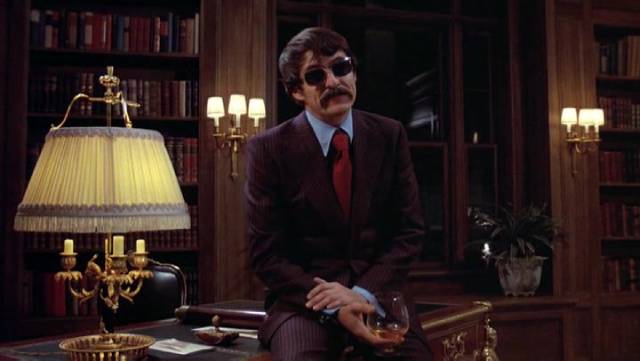
The central problem is the presentation of Eddie’s opposition. In their fatigues and headbands, the Puerto Ricans seem to be standing in for the Black Panthers as a minority threat to white-controlled society. Ironically, with actual former gang members cast as this liberation army, they gain sympathy through the charismatic presence of Felipe Luciano as the articulate leader Ruben Garcia. He gives a fiery speech in Central Park which argues convincingly for freeing Puerto Rico from corrupt U.S. domination. He’s a far more appealing character than Duvall’s thuggish Ryan, and his presence makes Darrow look like an embarrassing caricature.
Ryan’s ultimate defeat of the arms smuggling plan inadvertently feels like the film coming down on the wrong side of history. Which is not to say that Duvall himself doesn’t give an interesting performance. Verna Bloom gives one of her strong, unshowy performances as Ryan’s sometime relationship partner, and Egan does have screen presence as Scanlon, Eddie’s commander. Most of the supporting roles are well-acted and for the most part the movie does project a gritty authenticity … it just never digs deep enough to question its own view of crime and race in the Nixon era.
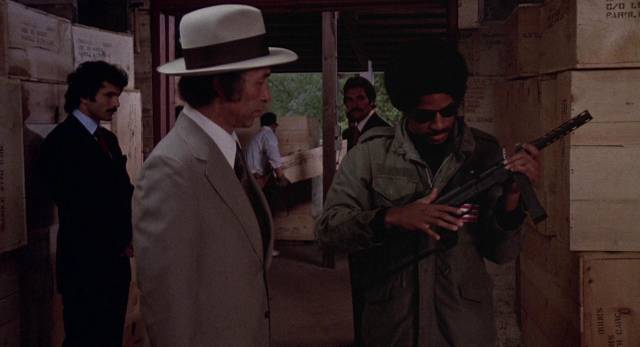
Perhaps those issues wouldn’t be so apparent if it had been directed with the kind of energy Friedkin brought to The French Connection, the visceral power of which at least holds off doubts while you’re actually watching, though not in retrospect.
Indicator’s Blu-ray gives the movie an appropriately grungy, lived-at-night look, and there are a couple of featurettes – one with Egan’s partner Randy Jurgensen (who himself had a film career as bit player and advisor) talking about Egan’s career, the other with critic Glenn Kenny talking about the cop genre in the ’70s.
*
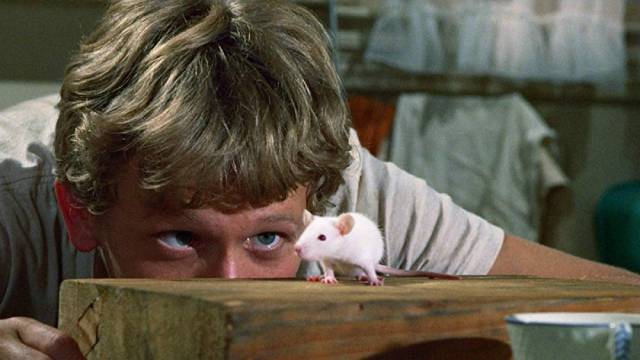
Willard (Daniel Mann, 1971)
I don’t think I’d seen Daniel Mann’s Willard (1971) since its theatrical release, and it had kind of disappeared for decades until Shout! Factory released it on disk in 2017. I was interested in seeing it again, but only recently got around to buying the Blu-ray. I could remember not being particularly impressed back then, largely because the movie isn’t as good as Stephen Gilbert’s 1968 novel Ratman’s Notebooks (an impression confirmed when I dug out my 51-year-old copy of the Lancer Books paperback and reread it after watching the movie). Part of that is because the story was moved from dank, class-bound England to sunny California, and part of it is because Mann and scriptwriter Gilbert Ralston caricature most of the characters, making them grotesque comic types. This undercuts the grim horror. Willard himself is presented as a weak, passive schmo who never takes on an air of deadly determination even as he begins to exact revenge on his tormentors. Gilbert’s psychological horror becomes a bit of a joke.
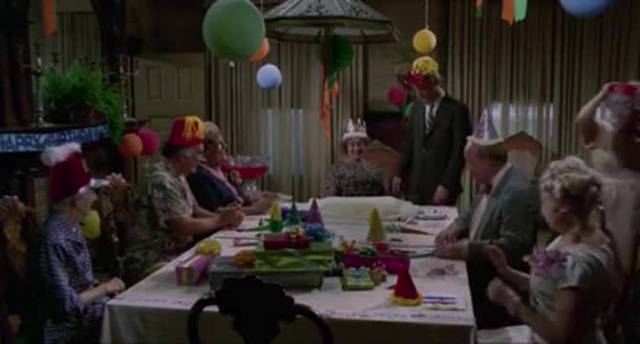
Seeing it again, I can’t say my long-held opinion has changed much, but on its own terms Willard does work as a horror-comedy, thanks to some nice set design – the rambling old house occupied by Willard and his stifling mother (Elsa Lanchester), and the cramped office where Willard is treated with contempt by his boss (Ernest Borgnine) and co-workers. Ineffectual against the ways in which he is oppressed from all sides (the surprise birthday party thrown by his mother and her friends, all of whom heap criticism and advice on him without any apparent awareness that they’re further undermining his already weak self-confidence, is one of the high points), Willard falls into a relationship with a rat in the garden. Intending to drown her and her offspring in the decorative pond, he takes pity, perhaps sensing his affinity with the creatures, and rescues them. The mother rat presents him with her white child and Willard quickly bonds with it, naming it Socrates.
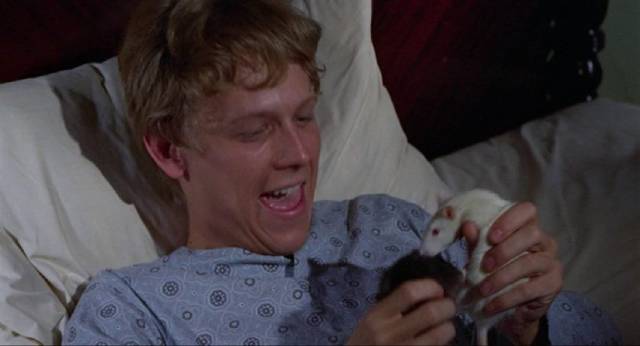
As the bond becomes stronger, with Socrates displaying great intelligence, another rat shows up in the house, a black rat he names Ben. Soon the basement is crawling with their siblings and cousins; Willard feeds them and begins to train them to obey his commands. This comes in handy when his boss throws a big party to which he’s invited the rest of the staff, but not Willard. Willard takes a couple of briefcases full of rats to the boss’s house, turns them loose and tells them to feed. The party is overrun, causing panic, and Willard senses his hitherto unsuspected power.
But still he lets everyone walk all over him … when he asks for a raise, he finds himself fired. His mother dies, leaving nothing but debts – he doesn’t even own the house. He steals money from a company client with the help of his rodent friends, but everything continues to seem hopeless. The focus of his anger and insecurity is his obnoxious boss, so he visits the office one evening with his friends and gets his revenge. Perhaps appalled by his own violence, he decides to kill all the rats, drowning them in the pool in the movie’s most disturbing scene. But Ben is too smart for him…
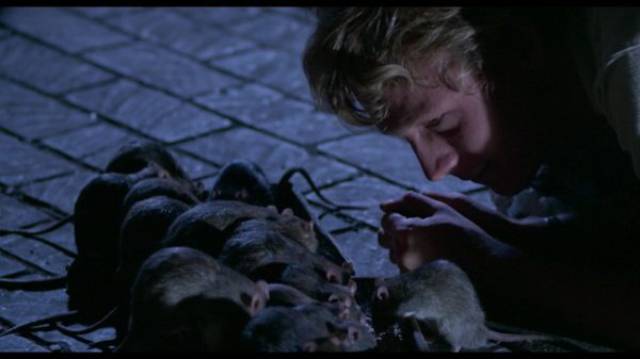
Perhaps the strangest thing about this killer rat movie is that, with almost all the characters presented as unlikable cartoons, the rats end up gaining the audience’s sympathy. In fact, these obviously well-trained animals are downright adorable – there are some remarkably expressive closeups, particularly with Ben – so when they’re attacking you worry more about them getting hurt than their victims being bitten.
Willard does have its pleasures (mostly the rats, and some fine supporting performances), but I wish Bruce Davison had taken on some of the paranoid darkness of the book’s protagonist. Instead he remains twitchy and afraid throughout, so the movie never develops the menace it needs in order to be genuinely horrifying.
Shout! Factory’s hi-def transfer looks excellent, with a lot of detail even in darker scenes. There’s a commentary from Davison, who also shows up for an on-screen interview about his work on the production. (I haven’t had the nerve to take another look at the sequel, Ben [1972], a peculiarly maudlin story about a chronically ill, bullied kid [Lee Harcourt Montgomery] who becomes Ben’s best friend – with an Oscar-nominated love song to the rat by Michael Jackson.)
*
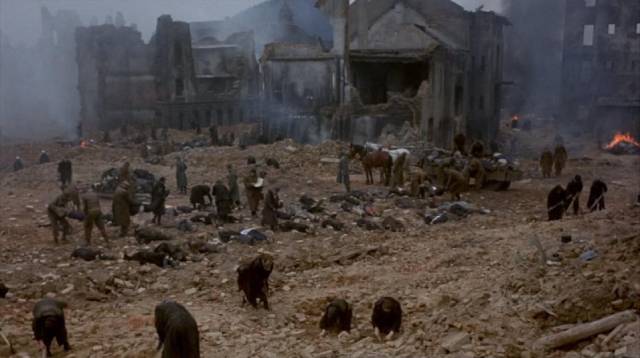
George Roy Hill
George Roy Hill, like many of his contemporaries, came to movies from an early career in live television. Unlike some of those contemporaries – Sidney Lumet, John Frankenheimer, Arthur Penn – Hill never came across as an “auteur”, in the sense of a filmmaker with a clearly discernible world view and themes woven throughout his work. He was an excellent craftsman, a fine director of actors, who like many directors from the old studio days submerged himself beneath the needs of the project he was working on at any particular time. Which is not to imply that his work is merely technically proficient; he invested himself fully in his projects, serving rather than dominating their individual demands.
My first encounter with his work was Butch Cassidy and the Sundance Kid (1969), but I was more aware of that film’s writer, having already read the Bantam paperback of William Goldman’s script before seeing the movie (we didn’t much care about spoilers back then!). I loved the movie and saw it a number of times … though now I find it all but unwatchable; not because of Hill, but unexpectedly because of the writer. Goldman’s smug cleverness now feels insufferable to me, though it seemed fresh and inventive fifty years ago. (In fact it was that script which made me an avid reader of Goldman’s novels, scripts and non-fiction for the next twenty years or so, going back to the books he’d published before getting into screenwriting and picking up each new book as it came out.)
Hill had made big films before Butch Cassidy – Hawaii, Thoroughly Modern Millie – but that film’s huge commercial and awards success suddenly gave him the kind of clout which made it possible to make pretty much anything he wanted. And yet it was three years before he released his next feature.
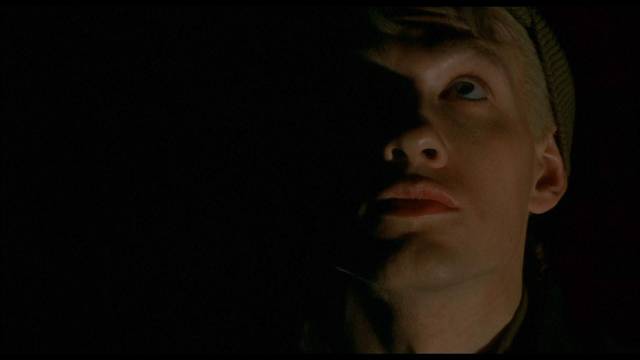
Slaughterhouse-Five (1972)
Although Kurt Vonnegut had published his first novel in 1952 (the sci-fi satire Player Piano, which in effect depicted the early stages of the radical class divisions in H.G. Wells’ The Time Machine), and in the late ’60s had become a counter-culture favourite with Mother Night, Cat’s Cradle and God Bless You, Mr. Rosewater, he finally achieved mainstream success in 1969 with an unlikely, somewhat autobiographical anti-war novel called Slaughterhouse-Five. That coincidentally was my own first encounter with Vonnegut, and I quickly went back to read the books which had preceded it, eventually losing interest as each subsequent book through the ’70s seemed to become more facile and irritating, an impression which retroactively threw some doubt on the earlier books.
Slaughterhouse-Five, despite its critical and popular success, seems like an unlikely prospect for a major studio production and yet what Hill and scriptwriter Stephen Geller came up with is one of the most faithful adaptations in movie history. This was no mean feat. Vonnegut’s novel revolves around his experience as a prisoner of war who was in Dresden at the time of the fire-bombing in February 1945 – generally considered the worst Allied war crime next to the atomic bombs dropped on Hiroshima and Nagasaki, all three being horrifically destructive attacks on civilian populations.
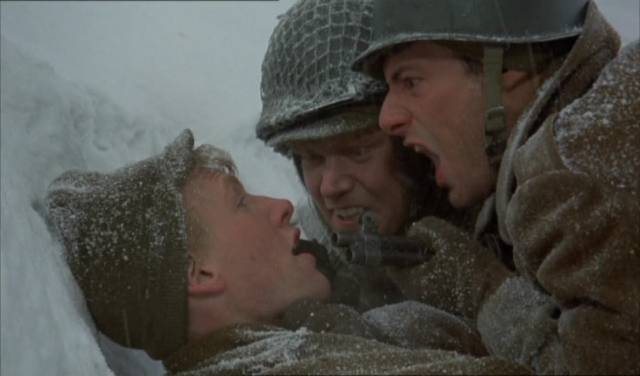
But Vonnegut’s novel isn’t a straightforward account. He sets the destruction of Dresden in what eventually amounts to a cosmic context. His protagonist, the allegorically named Billy Pilgrim, has become “unstuck in time”, his consciousness randomly drifting from one point in his life to another with no warning. At every moment, this makes him a performer in his own life – he has visited each moment many times, knows what’s going to happen, and has to play his part (only once does he try to use his knowledge to influence events, but he proves powerless). The combination of knowledge and helplessness turns Billy into a passive observer of the events in his own life – from being thrown as a young child into the deep end of a swimming pool by his aggressive father to his being kidnapped by aliens and put on display as an exhibit on the planet Tralfamadore to his final death at the hands of a psychotic fellow soldier who swore revenge back in the war.
The sense of inevitability produced by the book’s structure produces a deep fatalism while simultaneously seeming to reduce the horrors of the war to a kind of passing triviality. While Vonnegut’s ultimate point is that we are all on a journey with its good and bad experiences, we should just learn to embrace and enjoy the good because we know that the bad will pass. This finally comes across as a kind of simplistic Zen acceptance, but leaves a troubling feeling that the individual need feel no particular sense of responsibility for what goes on while he or she happens to be in the world.
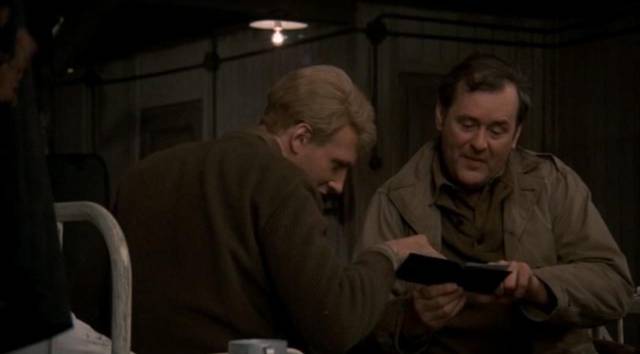
Hill’s film faithfully adheres to Vonnegut’s narrative structure, weaving its way through Billy’s life with a seemingly effortless ease – the shifts in time, place and tone are handled with consummate skill – and it also captures perfectly the book’s apparent moral weightlessness. It’s impeccably crafted, with gorgeous photography by the great Czech cinematographer Miroslav Ondricek (who had previously worked with Milos Forman and Lindsay Anderson), and fine performances from a cast which flirts with comic caricature, yet manages to invest the film with genuine emotion.
Michael Sacks, in his first role, seems to handle the complexity of Billy – who begins as a naive, callow youth in war, becomes a successful small-town businessman in peacetime, and ends up happily in a cage on display with the amply endowed movie actress Montana Wildhack. Valerie Perrine has a generous, uncomplicated charm as Montana, a character who now presents in a more complicated way as little more than the agreeable object of Billy’s desire and sexual satisfaction. Actually, seen today, the female characters are the film’s biggest problem; although all the characters are somewhat stereotyped (in keeping with the narrative’s status as allegory), the men are given more range and depth within those limitations. Sharon Gans as Billy’s wife Valencia is an overweight suburban housewife and mother who seems to have no inner life beyond serving her husband’s needs – in almost every scene in which she appears, she’s offering him a freshly baked pie or cake – and in one of the film’s biggest set-pieces her absolute devotion ends up killing her as she drives hysterically to reach him in hospital after a plane crash, so badly damaging her Cadillac on the way with her careless driving that she arrives in the terminal stages of carbon monoxide poisoning. This is played as slapstick comedy, making it seem pretty cruel, though it would have been even worse if she had been allowed any real development as a character.
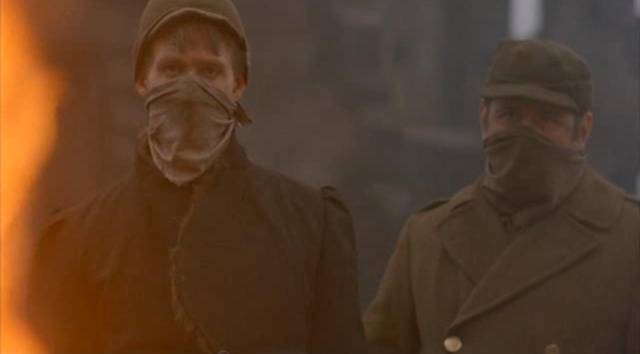
In supporting roles, Ron Liebman stands out as Paul Lazzaro, the soldier who, unlike Billy, takes everything that happens to him personally, facing life in a constant state of anger and bitterness which can only find expression through striking out with violence. There’s also Eugene Roche as Edgar Derby, a kind of substitute father who helps the inexperienced Billy get through their captivity in the war and whose fate involves Vonnegut’s most obvious irony. Another major Vonnegut irony is referenced obliquely for those familiar with his work when Howard W. Campbell Jr. (Richard Schaal) turns up briefly on the eve of the bombing; he’s an American who works for the Nazis and tries to recruit men from among the prisoners to join the Nazis’ fight against the Communists. Here, he’s seen as a clown dressed in a uniform which would have embarrassed Mussolini; but in Vonnegut’s Mother Night (arguably his best novel), Campbell is an American agent playing a Nazi sympathizer, who eventually finds himself trapped by that role – or as Vonnegut would put it, be careful what you pretend to be because you may become that. (Mother Night was adapted in 1996 by Keith Gordon with Nick Nolte as Campbell.)
I probably sound more critical here than I mean to be. Hill’s Slaughterhouse-Five is a movie which provides many pleasures, visually, editorially and in its performances. The things I note as problematic derive from the source novel, which Hill treats with absolute fidelity and respect. As with Butch Cassidy and the Sundance Kid, Hill the craftsman is at the mercy of the writer. I hadn’t seen Slaughterhouse-Five in a really long time and was surprised at how closely it adhered to my memory; I like it, but can’t help but think how much stronger it might be if it had been directed by someone with a less self-effacing directorial personality, someone who might have interrogated Vonnegut’s work from a more critical point of view.
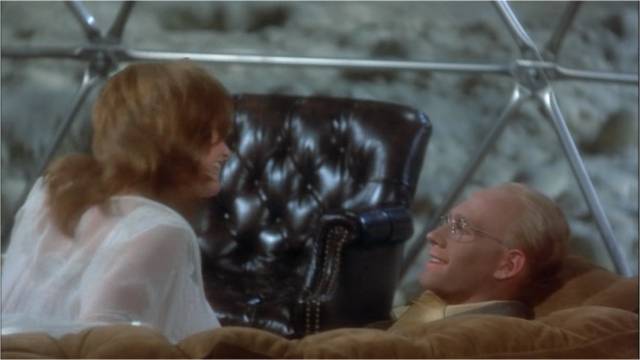
Arrow’s Blu-ray gives the movie a flawless, richly textured, film-like presentation, mastered from a 4K scan, with nicely restored mono sound. Extras consist of a commentary by Troy Howarth (more familiar from various giallo, horror and sci-fi disks), plus a number of featurettes: an evaluation by Kim Newman, and interviews with actor Perry King (who played Billy’s son), Rocky Lang (whose father Jennings Lang was executive producer), Robert Crawford Jr (who shot some behind-the-scenes documentary material) and music historian Daniel Schweiger, who talks about the unusual choice of Glenn Gould for the soundtrack.
Slaughterhouse-Five couldn’t match Butch Cassidy’s popularity and commercial success, so for his next movie Hill took a step back, re-teaming with Paul Newman and Robert Redford for the lightweight period caper comedy The Sting (1973). Once again he hit it big, and once again he had the clout to make something less mainstream – in this case, his most personal film.
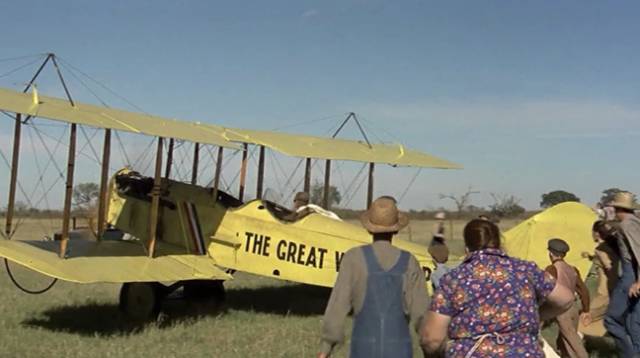
The Great Waldo Pepper (1975)
Hill had a lifelong love of flying, studying the exploits of First World War aces and getting his own license at age sixteen. He flew transport planes for the Marines in World War Two, and a fighter during the Korean War. With the huge success of The Sting, he got William Goldman to write a script from a story he himself had written. This was a romantic, melancholy ode to those aces who, after the First World War, scraped a living from barnstorming – flying from one small town to the next, offering rides in their biplanes to the locals for a fee. It was dangerous, exciting, and already on its way out by the late ’20s because for the public flying was becoming something too familiar, taken for granted. And with the incipient growth of companies carrying freight and passengers, increasing regulation was putting the lid on dare-devil mavericks.
To that degree, The Great Waldo Pepper (1975) fits neatly into a familiar narrative type: rugged individualism struggling to survive against bureaucracy and corporate interests. But despite what risks sinking into cliche, Hill’s film for once is fuelled by his personal passion. Made decades before the advent of CGI, The Great Waldo Pepper is a magnificent, visceral ode to the sheer joy of leaving the ground and experiencing those moments of freedom alone in the sky. With absolutely spectacular footage shot in real planes – often doing what look like incredibly dangerous stunts – The Great Waldo Pepper is an exhilarating movie to watch. Goldman’s script provides engaging characters and a dramatic spine which supports well the real reason we’re here – Hill’s desire to share his own passion, to make us feel what it’s like to experience that freedom … and the danger which goes along with it.
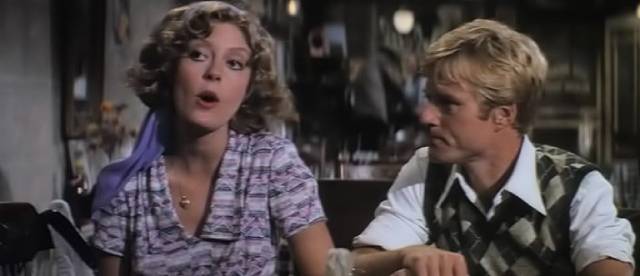
Waldo (Robert Redford) scrapes by flying around the Midwest, impressing farmers and their kids, but the business is getting tougher. In fact, when a rival flies into his area, Waldo sabotages his plane – when we next see Axel (Bo Svenson), he’s on crutches with a cast on his leg. Waldo continuously mythologizes himself, telling people appropriated stories about wartime exploits because, although he’s a great pilot, he largely missed the war because he served as an instructor, not a combat pilot.
With pickings getting slim, Waldo and Axel team up, devising new stunts. But it just keeps getting tougher. They try to join Dillhoefer (Philip Bruns)’s flying circus and are told that the rubes are no longer satisfied with displays of great flying – these days they come looking for crashes and death. The answer for the team is to take up wing-walking – and Hill, with the help of pilot Frank Tallman and his crew, stages some amazing aerial sequences with actual wing-walkers.
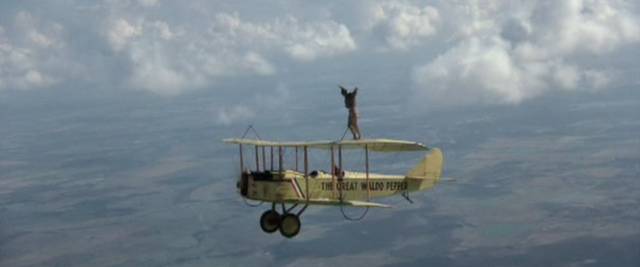
This development leads to the film’s most surprising sequence, and the one to which Hill and Goldman later attributed its box office failure. (Spoiler) After trying it out themselves to make sure they can do it, Waldo and Axel persuade Axel’s girlfriend Mary Beth (Susan Sarandon) to climb out on a wing as Axel flies down a town’s main street a few feet off the ground, yelling for help like a damsel in distress. Mary Beth freezes, unable to climb back into the cockpit, making it impossible for Axel to land. Waldo goes up and transfers from one plane to another, crosses over (risking completely unbalancing the plane) and tries to get hold of Mary Beth. Panicking as she reaches for him, she lets go with both hands and falls to her death.
Even knowing what’s coming, it’s a shocking moment, but when the movie was first released it was such an unexpected and abrupt shift in tone that a lot of viewers were essentially ejected from the story; there had been some spectacular and dangerous scenes in the first half, but the tone had been light-hearted, playing with the same kind of comic tone as Butch Cassidy and The Sting. That all changed in a moment; now all the danger was real, all the risk-taking suddenly seeming crazy and irresponsible. For many viewers, the movie never recovers from this shock.
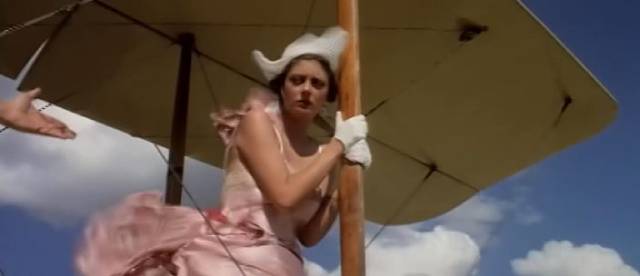
This is also where the new regulatory authorities make their appearance, in the person of Waldo’s old war buddy Newt (Geoffrey Lewis), now an agent for the CAA who makes the decision to ground Waldo and Axel. From this point on, the narrative hinges on Waldo’s efforts to reclaim his romantic view of flying. But times are rapidly changing and reality is overtaking him. Grounded, he has to watch as his friend and partner, the plane designer Ezra Stiles (Edward Herrmann), flies the new monoplane they’ve developed. Envy gives way to horror as Waldo sees Ezra fail to be the first to perform an outside loop, plunging to his death. Waldo’s anguished reaction – taking a plane up and using it to scatter the ghoulish spectators who’ve closed in to watch Ezra burn to death – gets him permanently grounded.
But then word comes from Axel that there’s still a frontier not yet closed by the bureaucrats: Hollywood. Waldo goes West, where under a fake name he signs on to a production based on the same true story he told as his own to impress the yokels. This involved an aerial fight between four young Americans and the German ace Ernst Kessler. Waldo is awed to discover that the pilot flying Kessler’s plane in the movie is none other than the ace himself.
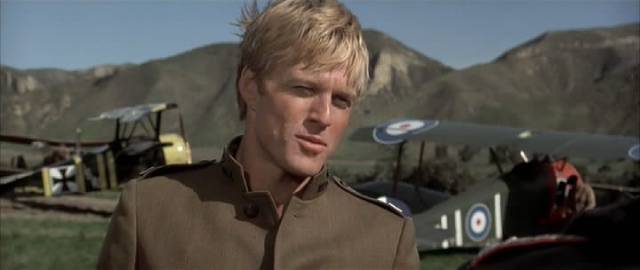
Finally, in the fake, romanticized version of history mounted by Hollywood, Waldo gets his chance to take part in the story he’s long told about himself. As Newt shows up on location, suspecting that Waldo is flying again illegally, Waldo and Kessler (Bo Brundin) take off and once in the air ignore all the instructions they’ve been given about staging the dogfight for the camera plane; it’s now just the two of them, pitting their flying skills against one another. Waldo has finally attained his dream, fulfilling his romantic destiny … and disappears into the sky and history and myth.
With its pervasive references to the War, the conflict between the dream of flight and the mundane necessity of trying to make a living, the melancholy sense that Waldo had missed his moment for glory, The Great Waldo Pepper achieves a distinctive mixture of exhilaration and disillusionment, a comic adventure over which hangs an air of death. This was a combination which didn’t go over well with audiences and critics at the time, yet stands as the clearest display of Hill’s own personality and creative ambitions. There are echoes of Butch and Sundance in Waldo, but none of the ironic distance that Goldman had imposed on those outlaws. The Great Waldo Pepper is George Roy Hill’s most authentic creation.
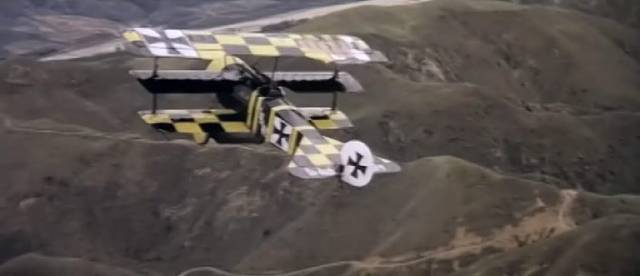
That said, the recent Blu-ray is a bit disappointing. The image is excellent and the mono audio gives a lot of power to the flying sequences, but despite coming as part of Shout! Factory’s Shout Select line, there are absolutely no extras other than a trailer. Given that this movie was pretty much the last to shoot such spectacular flying sequences for real – the actors were clearly shot in real planes with the ground far below, rather than with a process screen – using real planes from the period rather than reconstructions, providing Frank Tallman with his most extensive opportunities in a single film … why on earth isn’t there at least a commentary to provide production details, or an interview with Redford about his experiences? It seems like a major missed opportunity.
Still, revisiting The Great Waldo Pepper again after many years, I got the same intense experience as the first time I saw it in a theatre. I know some people still complain about the radical mood shift at the halfway point, but now as then I appreciate the film’s ability to put me through such an emotional wringer so skilfully. Even if it wasn’t a success commercially or critically, it remains George Roy Hill’s finest achievement.
Comments